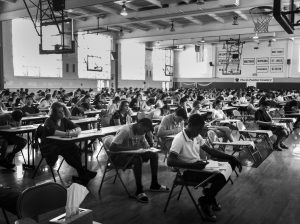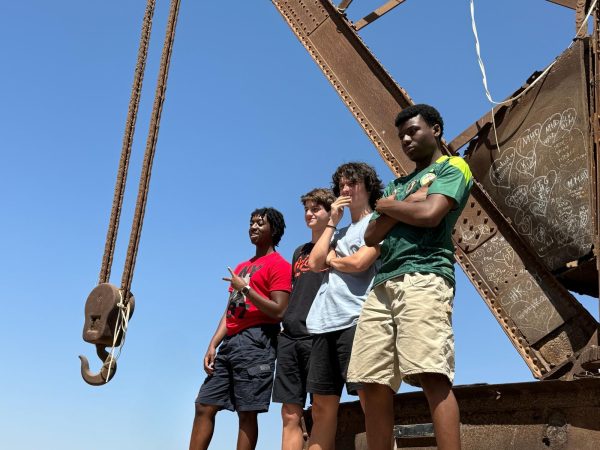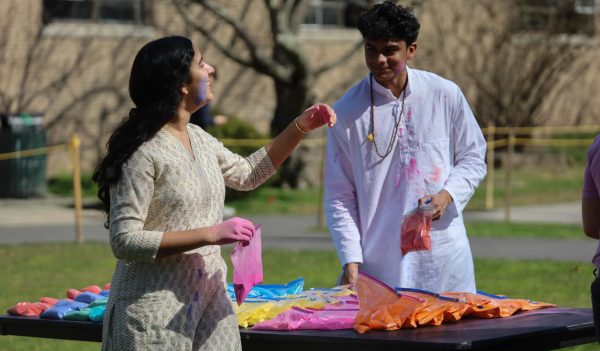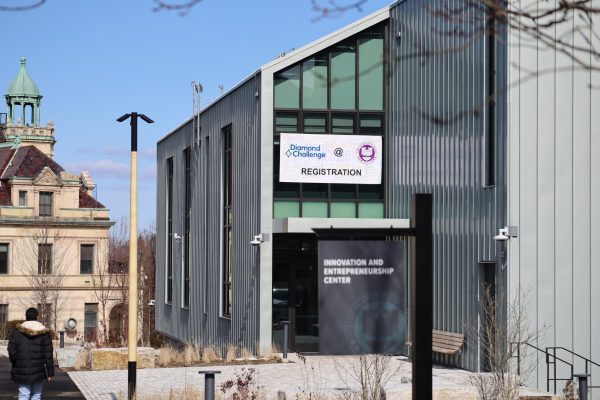As U.S. weather becomes less predictable the conversation about climate change heats up
February 3, 2023
New Yorkers this winter have flip-flopped in between their heavy winter coats and light fall jackets. 2023 was kicked off on Jan. 4th when New York experienced a high of 61 degrees Fahrenheit. This highly uncharacteristic winter weather was 25 degrees higher than the average high of 36 degrees in January and the cold white Christmas of 2022 with a low of 14 degrees.
This epidemic of unnatural weather has not only affected the East Coast. Currently, in California, the La Niña weather event has been the cause of 17 deaths. This La Niña has brought an excess of the previously much-needed water after one of the driest years in California.
This shocking winter warmth has been exaggerated and brought upon by climate change. Climate change’s effects which include the warming of the Earth, underlie the recent bout of unusual weather. Climate change means that not only is the earth warming – but it also means that we should expect extreme weather events, including hurricanes and tornadoes, to become more common.
California’s La Niña is a prime example of an extreme driven by climate change. La Niña is a weather event that occurs when the Pacific Ocean is in a cycle of cooling, which leads to various weather effects for both the US and countries in and surrounding the Pacific. It is common for La Niña to return on a 3-5 year basis with a possibility of lasting more than 1 year. This La Niña season has lasted longer than most of the previous ones – a total of three years. Furthermore, this event has created uncommon weather conditions. La Niñas are usually characterized by their drier conditions than its opposite weather phenomenon, El Niño, which occurs every 2-7 years. This year, however, La Niña has taken on a new personality and dumped unprecedented rivers of rain up and down the California coast.
Climate change effects are also hitting the southeast as tornados have ravaged towns in states such as Alabama and Georgia. Seven counties in Georgia have been declared major disaster areas and according to the National Weather Service, 13 tornadoes have touched down in Alabama.
Paige Freund ‘24, a member of Masters’ sustainability club EFFECT, expresses her concerns for the future and how climate will impact it.
“It definitely makes me think about the future for me and my peers and how it really feels like this is going to be more and more of a problem until action is taken,” Freund said.
Teacher and club advisor for EFFECT, Courtney White believes that amongst an assortment of solutions careful monitoring and reduction of emissions of CO2, one of the harmful greenhouse gasses leading to climate change, is essential to our survival as a species.
“We have to be proactive in reducing our CO2 or else more severe consequences will impact us”.
— Courtney White






















